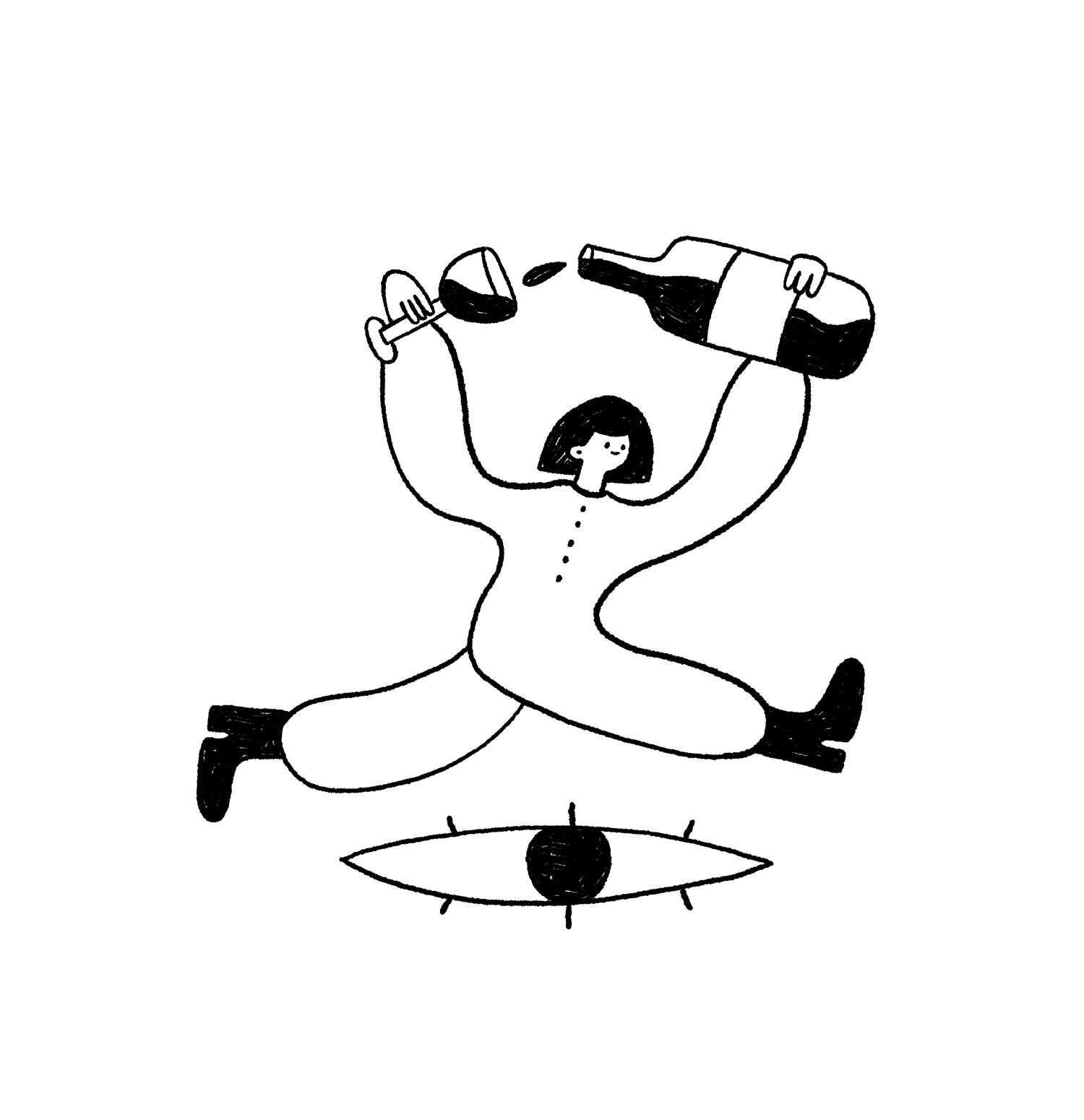History
A cradle of civilisation with a 9000-year history, wine has always had a place in Chinese culture. Evidence shows that alcoholic beverages made with grapes, fruit and grains were being made as early as 7000 BC.
China’s dynasties saw the growth, destruction and revival of wine as a part of ritual and culture. Periods of prosperity during Zhou, Tang dynasties encouraged drinking, whilst times of war and uncertainty often led to the destruction of winemaking records. Fortunately, Silk Road trading and fermentation culture ensured that wine was always made and consumed.
The Chinese word for wine 酒 (Jiǔ) has historically encompassed all types of alcohol, and does not differentiate from grape or rice wine. Throughout Chinese history, jiǔ was either naturally fermented or inoculated with 曲 (qū). They may have contained varying levels of fruit (including grapes) or grains (including rice, sorghum, wheat, or millet). As time progressed, rice wine became the more popular drink of choice until the 20th century.
Bai Juyi (772-846), Tang Dynasty poet
“Asking Liu Nineteen”
绿蚁新醅酒,红泥小火炉。
晚来天欲雪,能饮一杯无?
Green foam on freshly brewed wine,
A red clay stove glows warm.
Evening nears, and snow may fall—
Will you not share a cup with me?
Several brands introduced modern winemaking to China in the 20th century: Changyu Pioneer Wine Company established in 1892, Beijing Catholic Church Vineyard Dragon Seal in 1910, and Tonghua Grape Wine in 1937. The economic transformation of 1978 encouraged foreign wine and spirits companies to engage in joint venture businesses - such as Rémy Martin’s Dynasty Winery in 1980, Pernod Ricard’s Jinsha Winery in 1983, and Moët Hennessy’s groundwork in Yunnan, leading to Ao Yun’s first vintage in 2013. Further French investment, in the form of joint agricultural project Domaine Franco-Chinois (1999) and Domaines Barons de Rothschild (Lafite)’s Domaine de Long Dai (2008), brought winemaking expertise to China.
Increasing attention on wine production in the early 21st century (epitomised by the Bordeaux bubble of 2008) encouraged further investment in winery infrastructure, increasing winemaking quality across the industry. More Chinese winemakers started to look at making high-quality wine domestically, studying Chinese terroir and using genuine local experiences, culture and identity to make wine.
Whilst imported wines have always been held in higher regard, domestic wine culture has grown and developed at a very fast pace - with increasing levels of sommeliers in high-end venues in Hong Kong, Singapore, and Shanghai introducing Chinese wine to new audiences.
Despite remaining a ‘niche’ domestically, Chinese wine now features prominently in international wine exams, professional tastings, and national competitions.
